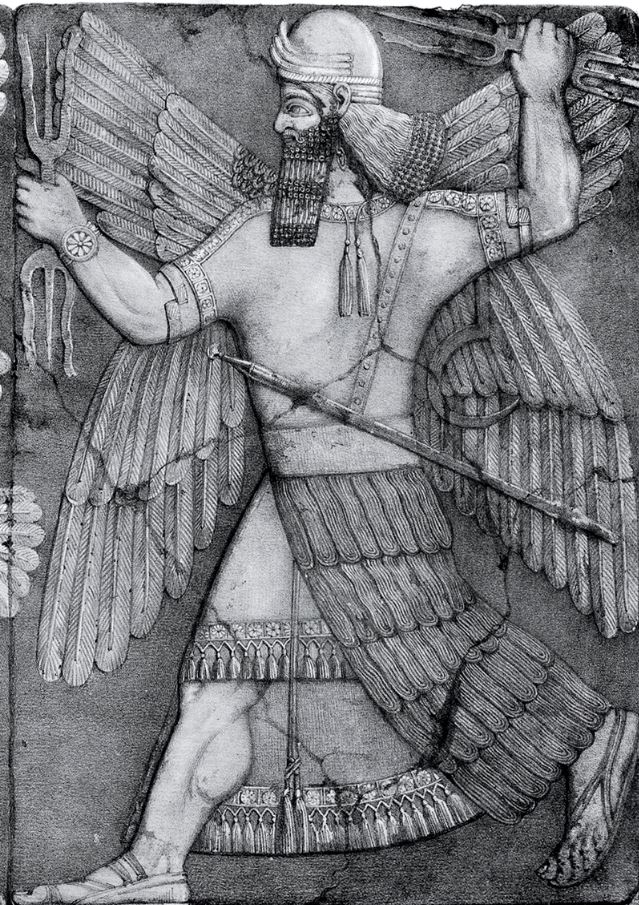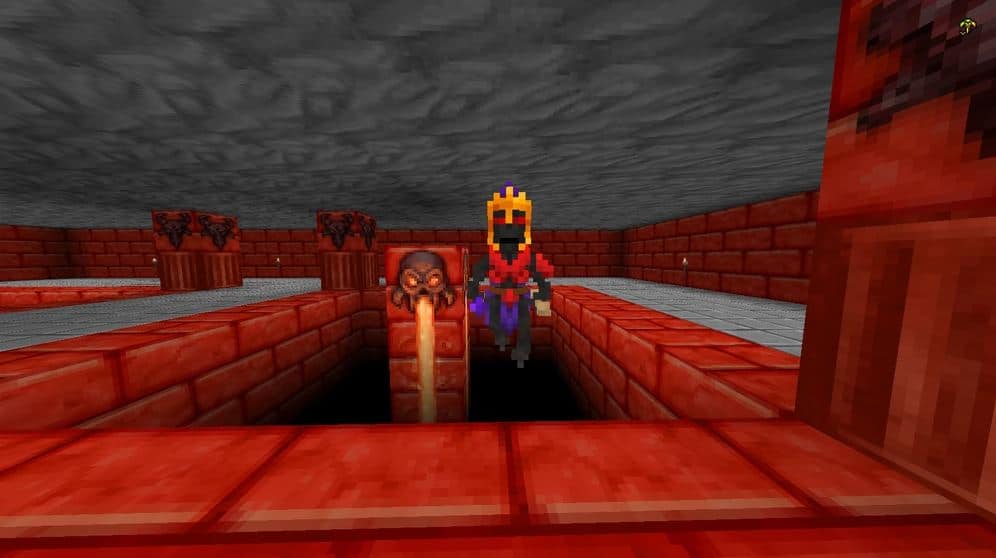Sharur: The Divine Mace of Mesopotamia
Among the mythical armaments, one stands as a testament to both power and prowess in the heart of ancient Mesopotamia: Sharur. This enigmatic mace is not only a symbol of might but also of the godly narrative that accompanies it.
As we delve into the realms of Mesopotamian mythology, we discover the fascinating story of Sharur and the divine hero who wielded it, Ninurta. Through its enduring legacy, Sharur continues to make its presence known in unexpected corners of pop culture.
What was the Sharur?
Sharur, which translates to the “smasher of thousands” in Sumerian, is an ancient and notable weapon closely associated with the god Ninurta in Mesopotamian mythology. This unique weapon is often regarded as an enchanted talking mace. Its significance extends beyond the realm of myth, as it may have inspired similar objects in other cultural narratives, including Arthurian legends.
Role and Powers in Mythology
In the mythological narratives, Sharur plays a central role in the story where Ninurta uses it to confront Asag, a formidable demon. What makes Sharur exceptional is its capability to traverse great distances without impediment. It also serves as a communication link between the god Enlil and Ninurta, carrying vital divine instructions, including commands to face Kur, a primordial serpent god with ties to Babylon.
Extraordinary Attributes
Sharur holds unique qualities that set it apart. It is a sentient artifact, and its full potential can only be harnessed by those deemed worthy. This worthiness is determined not just by martial skills but also by one’s inner strength and determination.
Sharur bestows its wisdom on those who intend to use it against formidable adversaries. However, it abides by a strict moral code, refusing to assist those who would use it for oppressive purposes.
When wielded by an unworthy individual, its powers remain dormant, and it actively seeks a new rightful owner. Some even speculate that the decline of the Assyrian empire was connected to Ninurta losing possession of Sharur as his character evolved from a humble agricultural god to a tyrannical ruler.
A Potent Weapon
In combat, Sharur demonstrates remarkable strength, capable of penetrating even the toughest armors and causing considerable destruction. It shares similarities with the famed Mjolnir of Thor, possessing the ability to fly and return to its master’s hand.
Sharur can also transform into the shape of a winged lion, a motif frequently seen in Sumerian and Akkadian mythology. This transformation can catch adversaries off guard, delivering swift strikes before they can react.
A Source of Guidance
Sharur’s role transcends physical combat. It functions as an oracle, offering valuable advice to its wielder. With its extensive knowledge of warfare, it provides guidance on how to overcome adversaries. Additionally, it serves as an aerial scout, navigating the battlefield and returning with critical information to keep its master informed during battle.
Who was Ninurta?
Ninurta, also known as Ninĝirsu, is an ancient Mesopotamian god with a rich history. Originally associated with farming, healing, and law, he evolved into a warrior deity as Mesopotamia militarized.
He was honored in Sumer and later by the Assyrians, with his main cult center at the Eshumesha temple in Nippur. Ninurta is famous for slaying the demon Asag, providing agricultural advice, and defending the gods against the Anzû bird. His symbols include a perched bird and a plow.
Some suggest he may have inspired the biblical figure Nimrod, and he may be mentioned as “Nisroch” in the Second Book of Kings. Ninurta’s legacy is marked by his versatile roles and enduring importance in Mesopotamian mythology.
Sharur in Pop Culture
Guild Wars 2
Sharur is an Orrian-themed hammer in the game with distinct day and night appearances. During the day, the wielder’s arms are surrounded by teal mist, while at night, the mist changes to a coral hue.
Drawing the weapon during the day results in a bright blue-green light engulfing the wielder, while at night, it emits an eerie sound with coral and tendrils sprouting from the hammer. When moving, coral footfalls emerge from teal pools of light, sometimes accompanied by corrupted limbs. This unique hammer exhibits a remarkable duality between day and night.
Barony
Sharur is a unique mace in the game Barony, known for its ability to speak to the player and provide helpful tips and hints about secrets in the dungeon. It can guide players to the locations of valuable items like Gungnir and Khryselakatos and reveal the presence of hidden areas. In a game update, Sharur gained a mana regeneration effect that improves with the player’s mace skill but is subject to a two-second regeneration cap.
Conclusion
As we conclude our journey into the mystique of Sharur, we find that the legacy of this divine mace knows no bounds. From the ancient myths of Mesopotamia to the virtual realms of video games, Sharur endures as a symbol of heroism, justice, and divine power.
Its presence in pop culture reflects the enduring allure of Mesopotamian mythology and the weapons that were said to have once graced the hands of gods and heroes. So, the next time you see Sharur make an appearance in your favorite video game or read about it in mythological tales, remember the mace’s rich history and the enduring impact of Mesopotamia’s divine weapon.



